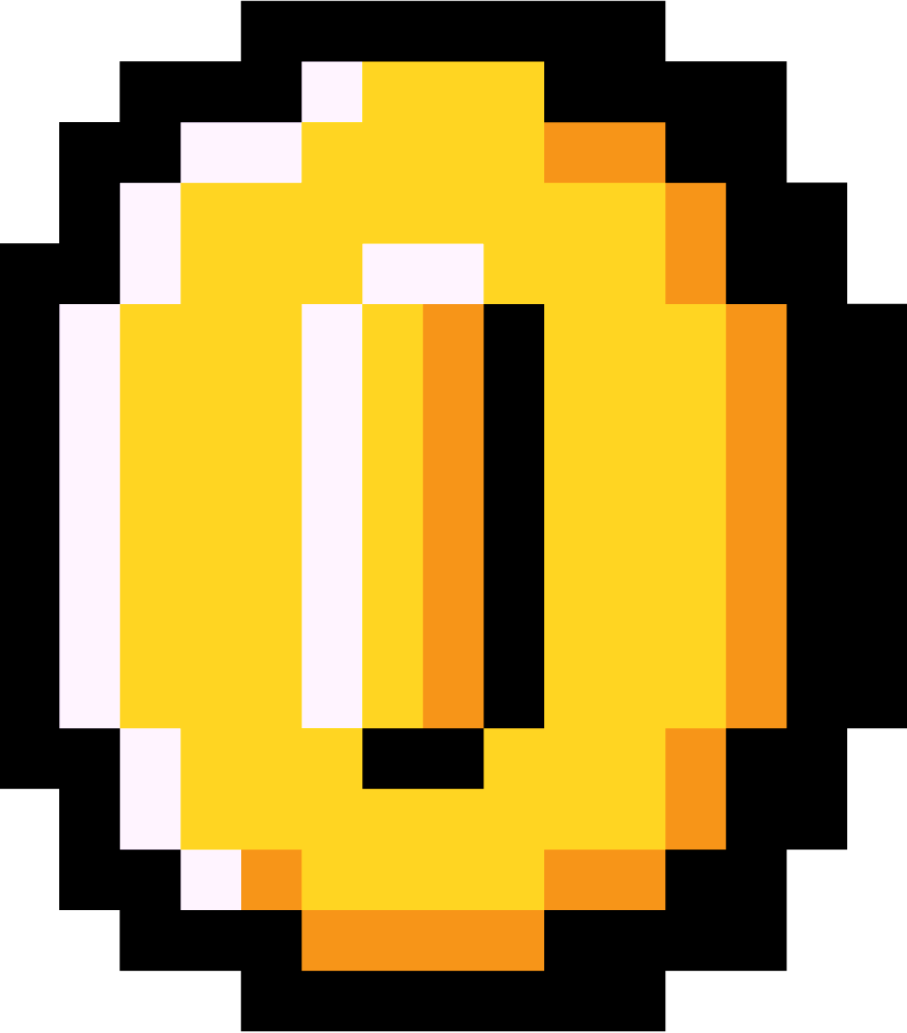
|
The Rebirth
In 2013, a JavaScript library was introduced to the world and changed the course of web dev forever.

On your favorite social app, have you ever noticed changes happening in real time? From the number of likes going up or a new reply appearing? ✨
Chances are that it was built with React.
React is a JavaScript library used for building websites with reusable components. It lets you create a multi-page website and not have to update things repeatedly in different files.
Some of React's most useful features include:
- An interesting flavor of JavaScript called JSX.
- An efficient way to update parts of your site.
- It's fast and scalable!
Before React, updating your website meant changing the same element in every file. With React, you change a single element in one place and that change applies everywhere! 🤯
A Brief History
Initially developed by a small team at Facebook for their Newsfeed feature, React was eventually open-sourced to the public in 2013. While still maintained by Facebook, React has grown a large following of open source contributors.
Fun fact: Instagram is one of the earliest web apps to use React. Since then, many platforms like Netflix, Airbnb, and Codédex 😛 have followed.
In this first chapter, we're going to get familiar with using the editor to write React code!
But before we do that, let’s start off with a demo.
Instructions
Check out the following social post. It's React!

What happens when you click the Follow and Like buttons?
Press "Complete" and then "Next" to continue.
Help
Progress not saved
Get a Hint
export default function App() { return <h1>Hello world</h1> }
- What are classes and objects in Python?
- How to create a table in HTML?
- What's if (variable > 2) print(‘greater’)?
- What's Codédex Club?

First React App
JSX & Components
Props & State
Events
Checkpoint Project
Forms
Hooks
Data Fetching
Routing
01. First Reaction
10 XP



